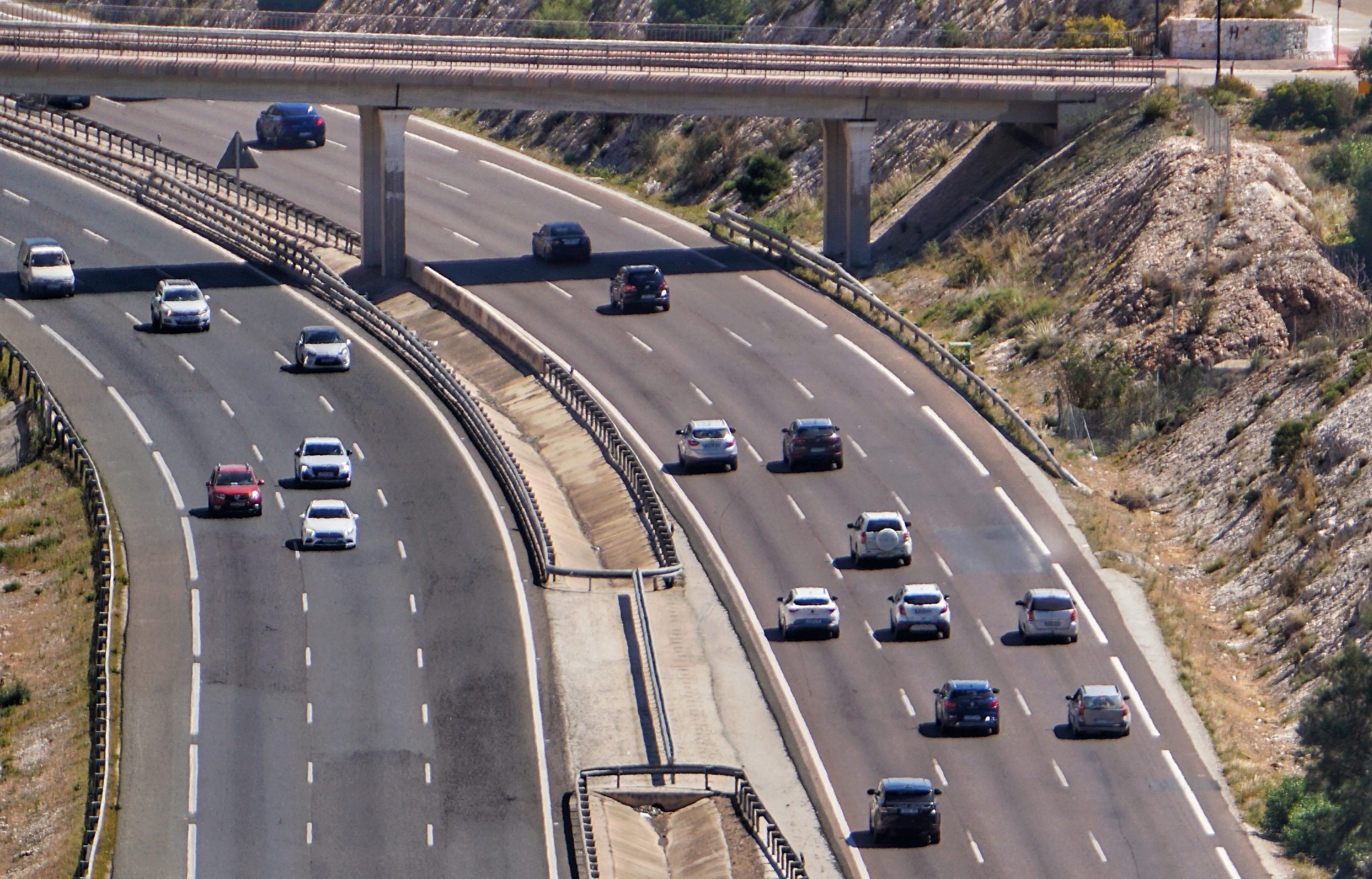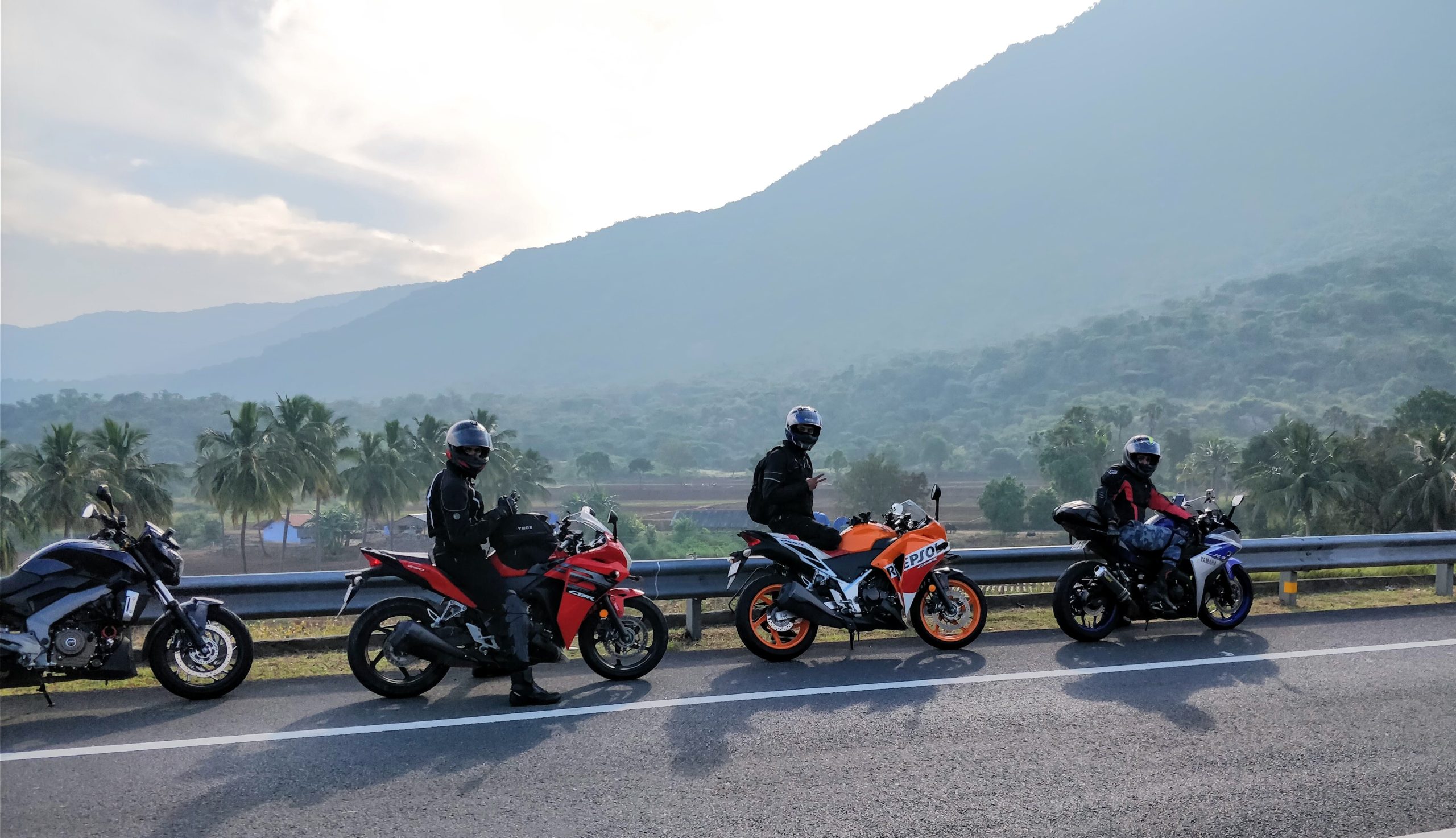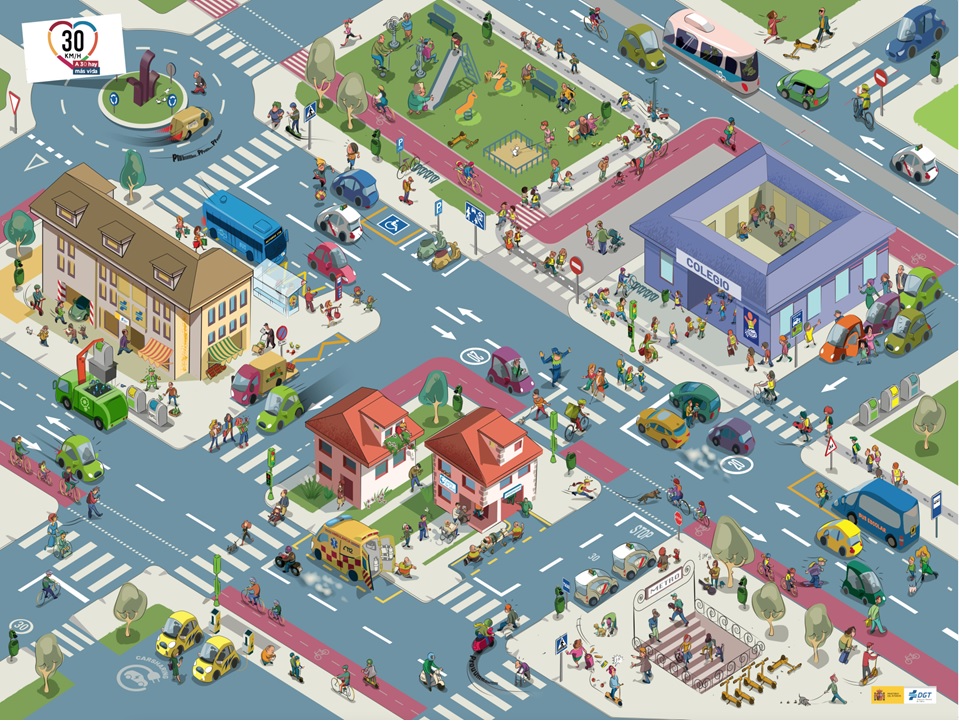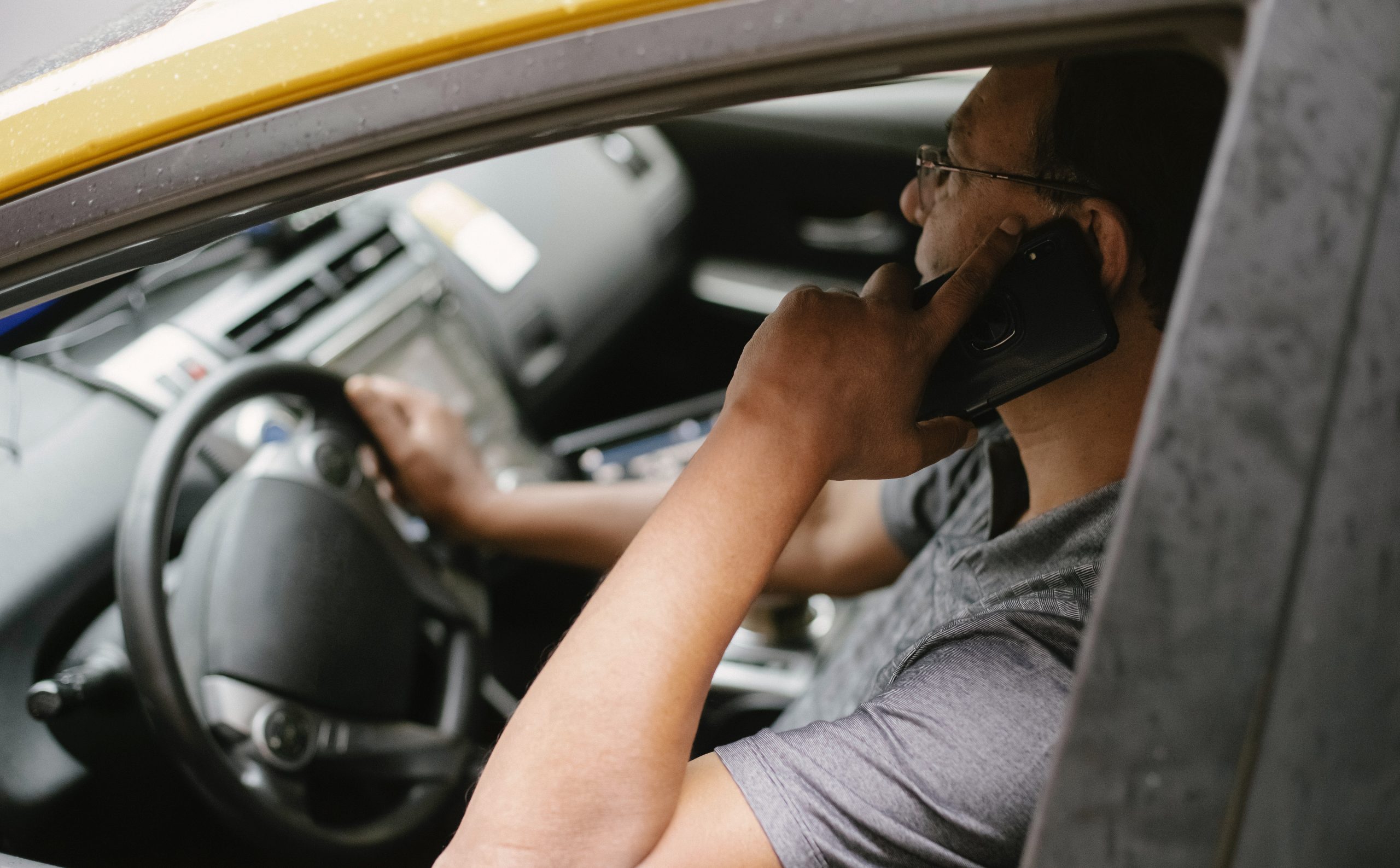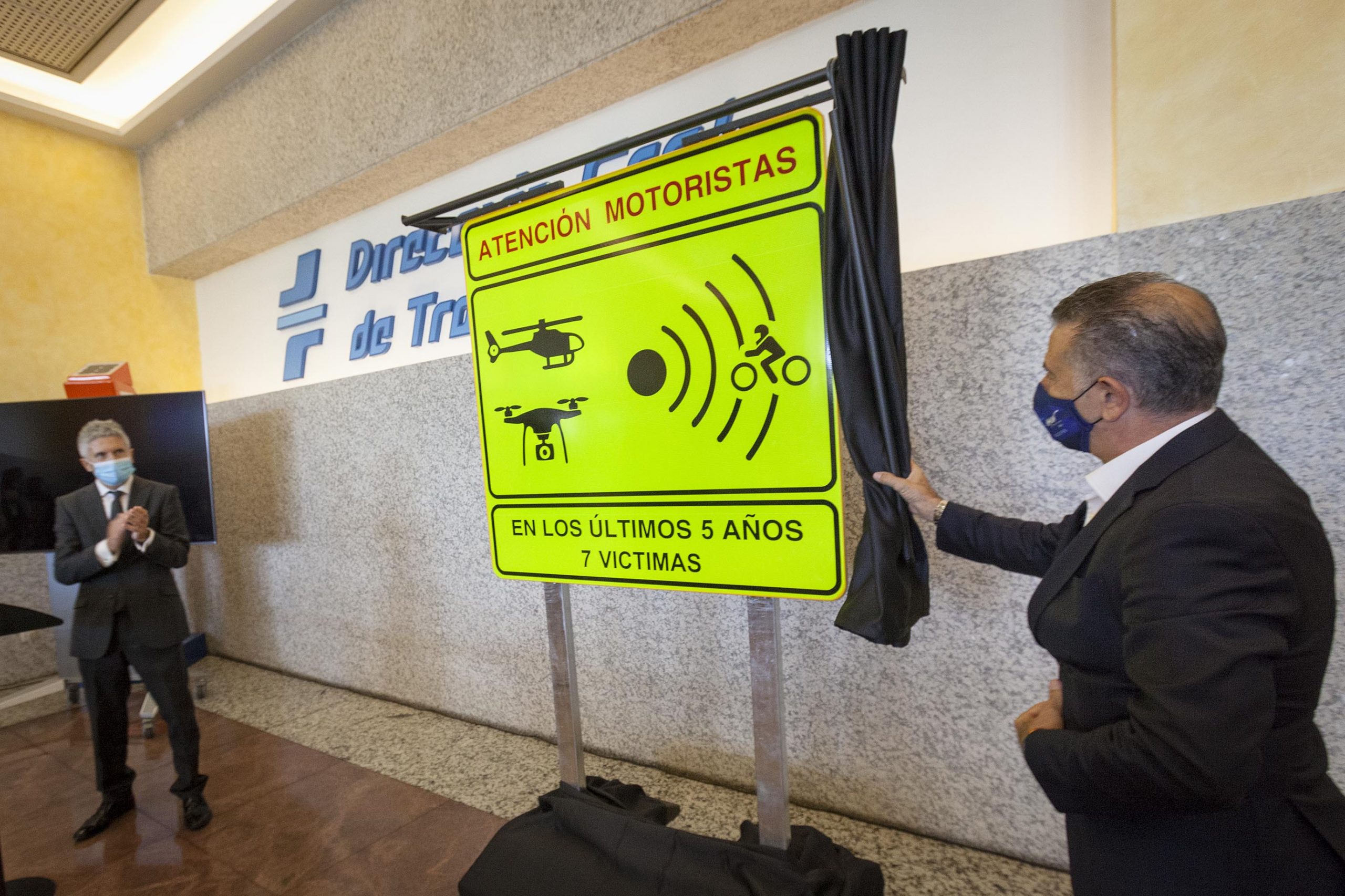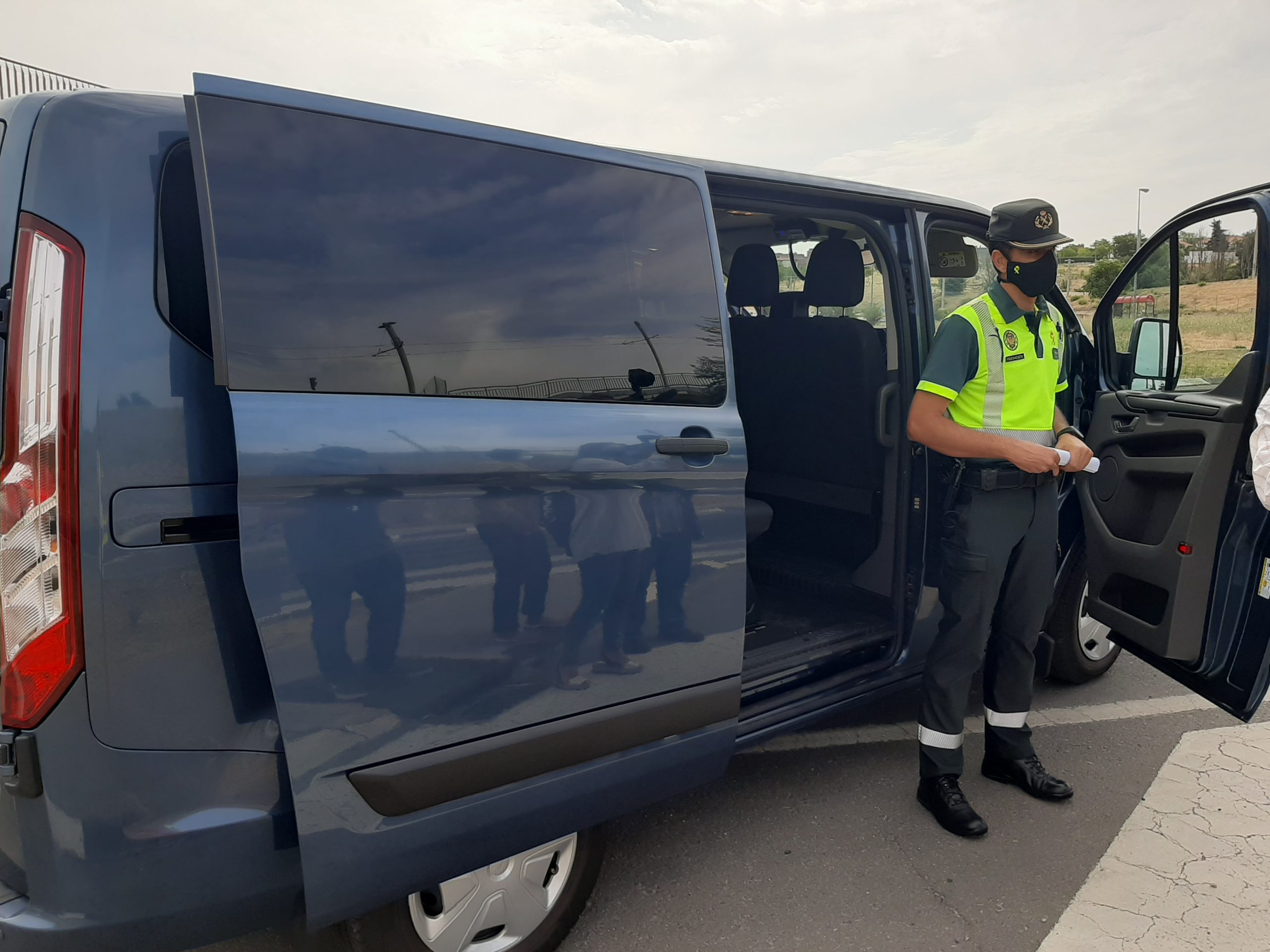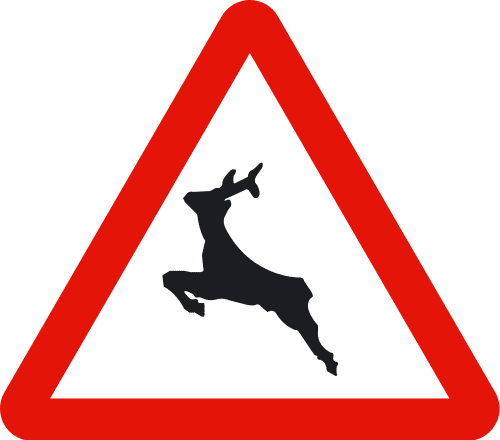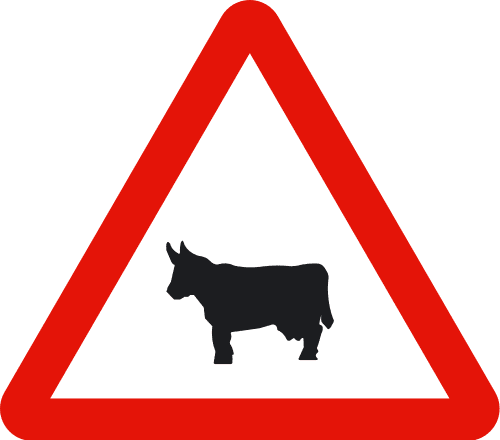The DGT have launched a new road traffic campaign. It is called “Driving is sharing”.
Driving isn’t a solo act, folks! Many think they’re the lone rangers of the road, cruising through life with their steering skills as their shield against all perils. But let’s face it: road safety is a team sport!
That’s the gist behind the new awareness campaign that hit the airwaves recently, courtesy of the Traffic Department. With the catchy slogan “Over 40 million daily trips, yet some still think they’re driving solo,” they’re serving up a dose of reality. Through everyday scenarios, they’re showing drivers as both the problem and the solution.
In a friendly jab, they’re remixing Celine Dion’s classic “All By Myself” to showcase various drivers belting out tunes behind the wheel, thinking they own the road. But cue the reality check: the traffic jungle ain’t no solo gig, folks! Watch as their driving dreams collide with other cars, pedestrians, scooter riders, and whatnot.
The campaign, hitting screens and airwaves until April 12th, features TV spots ranging from 45 to 20 seconds, set to invade televisions, cinemas, and social media feeds. They’ve cooked up radio jingles, outdoor billboards, and print ads, along with bite-sized social media content, to drive the message home. So buckle up, amigos, and remember, it’s a highway, not your personal driveway!
Additionally, they’ve whipped up a webpage where users can play around with the campaign’s central concept, “you’re not alone,” through a video featuring a dual perspective. On one hand, you’ll experience the subjective view of the driver, complete with the campaign’s music. On the flip side, by hitting pause on the music, you’ll get a glimpse of the journey from the perspective of the other players: pedestrians, other cars, scooter riders, you name it. It’s like seeing the road through two sets of eyes, offering a quirky twist on the driving experience. So hop online and take a spin—it’s a wild ride!
